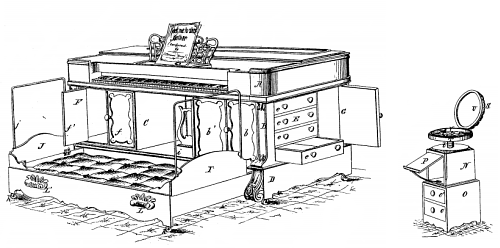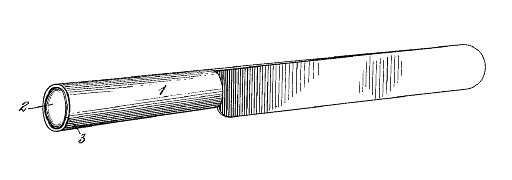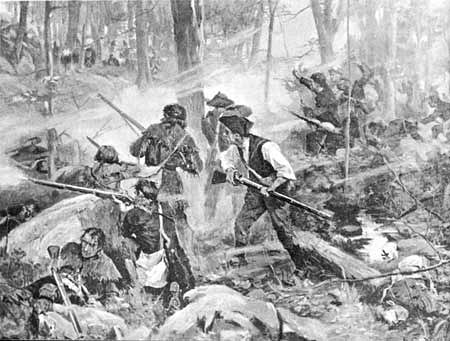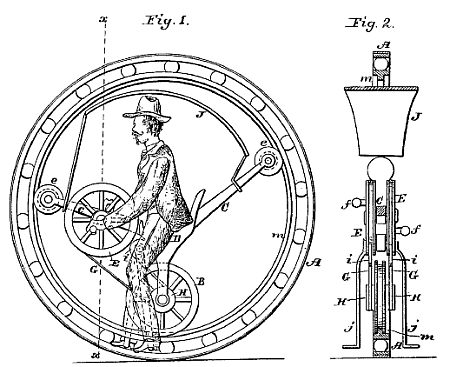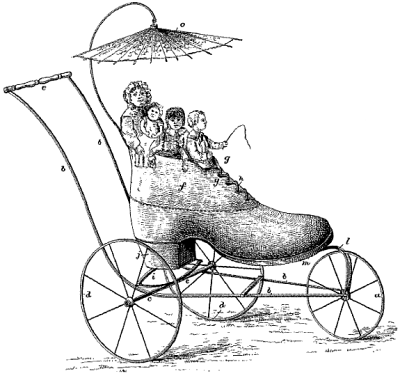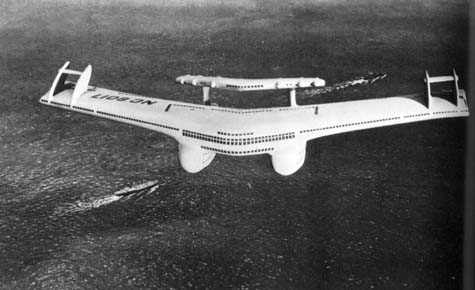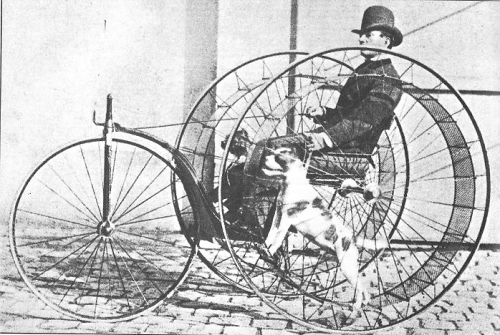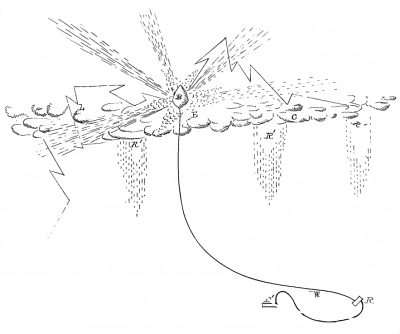
Daniel Ruggles patented an alarming new process in 1880 — he proposed to raise explosives into clouds “in order to precipitate rain-fall by concussion or vibration of the atmosphere.” The resulting downpour would water crops, prevent drought, forestall more violent storms, “and also purify and renovate the atmosphere during periods of pestilence and epidemics.”
In the figure and surrounding the balloon B, I have represented various dotted lines and clusters of lines, and also zigzag lines, as at L, representing lightning, the said figure being an imaginary representation of such a condition as would appear immediately after an explosion of the torpedoes, and with rain falling from the clouds C, as indicated in dotted lines at R’.
He planned to use balloons to lift the torpedoes, and “I contemplate the employment of nitroglycerine, dynamite, chlorates of nitrogen, gun cotton, gunpowder, fulminates, and other explosives.” I can’t tell whether he ever tested the invention. Presumably he did.

